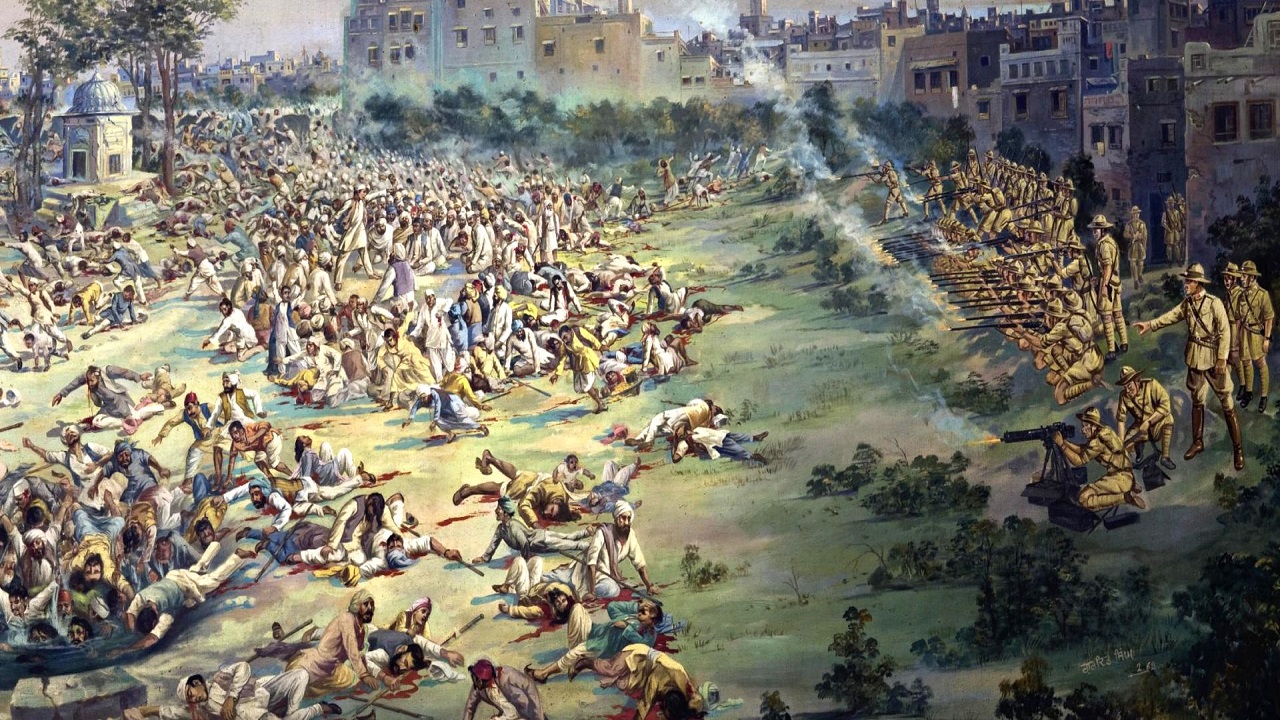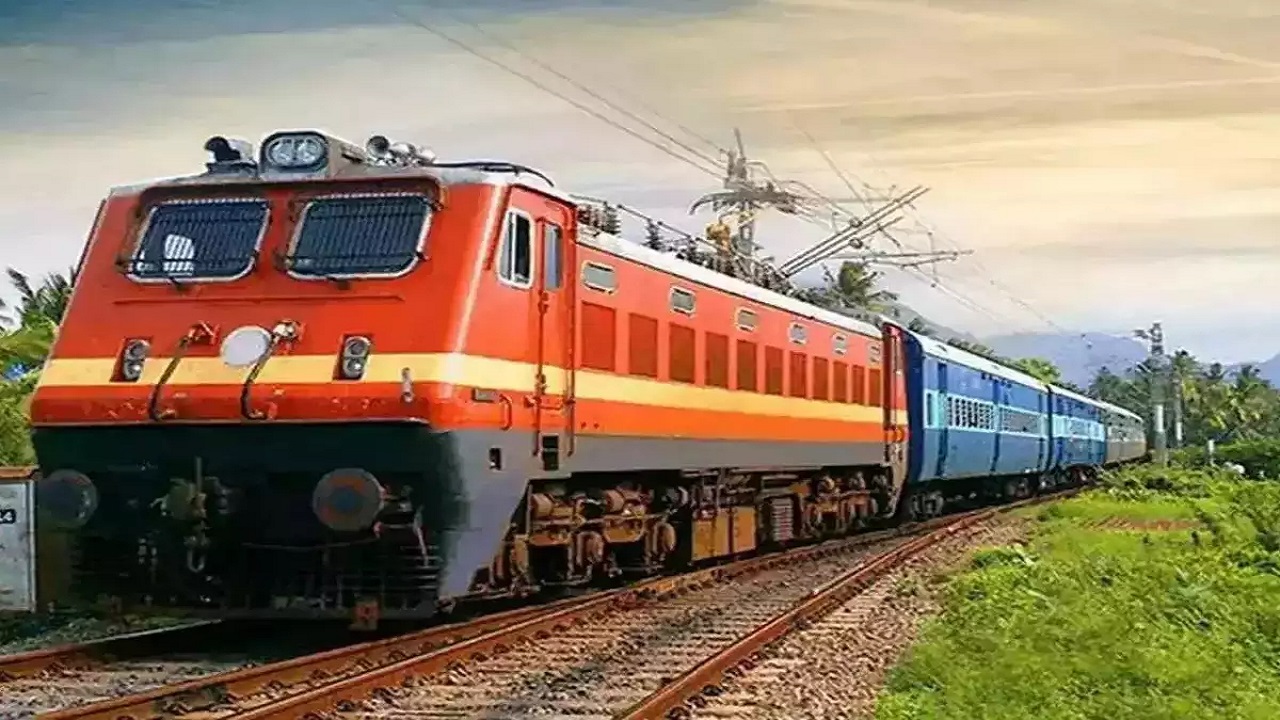Jallianwala Bagh Massacre: A Turning Point in India’s Freedom Struggle
Context
Prime Minister Narendra Modi recently paid tribute to the martyrs of Jallianwala Bagh, honouring one of the most tragic and defining moments in India’s freedom struggle. The Jallianwala Bagh massacre took place on April 13, 1919, in Amritsar, Punjab, during the Baisakhi festival, a day traditionally marked by harvest celebrations, which turned into a day of bloodshed under colonial rule.
Understanding the Background
The massacre unfolded against the backdrop of growing political unrest in India after World War I (1914–1918). The discontent was fueled by the British government’s repressive policies, especially the introduction of the Rowlatt Act (1919), which allowed for indefinite detention without trial. The Act triggered widespread protests across the country, as Indians viewed it as a direct assault on civil liberties. In Punjab, the situation was particularly volatile under the administration of Lieutenant-Governor Michael O’Dwyer, who imposed severe wartime restrictions, enforced forced recruitment, and presided over economic distress — all of which deepened public anger.
Tensions escalated in Amritsar when nationalist leaders Dr. Satyapal and Dr. Saifuddin Kitchlew were arrested and deported on April 10, 1919. Their detention provoked widespread demonstrations, which turned violent after British forces opened fire on protesting civilians, causing multiple deaths. In response, a large, peaceful crowd assembled at Jallianwala Bagh on April 13, seeking to protest the arrests and the Rowlatt Act, unaware of the martial law that had been imposed in the city.
The Day of the Massacre
On the afternoon of April 13, an estimated 20,000 to 25,000 people, including women and children, gathered at Jallianwala Bagh, a walled enclosure with only one narrow exit. The peaceful assembly turned into a scene of horror when Brigadier-General Reginald Dyer entered the garden with armed troops. Without any warning or an order for the crowd to disperse, Dyer instructed his soldiers to open fire at 5:30 PM, aiming directly at the most densely packed sections of the crowd.
The massacre resulted in catastrophic casualties. According to official British estimates, 379 people were killed and 1,200 injured, but an independent inquiry by the Indian National Congress in 1920 reported that over 1,000 people were killed and more than 1,500 injured.
Impact on the Freedom Movement
The massacre sparked nationwide outrage, galvanizing public opinion against British colonial rule. It marked a turning point in India’s struggle for independence, transforming resistance from a moderate phase to a mass-based national movement. Leaders like Mahatma Gandhi launched the Non-Cooperation Movement (1920–1922) as a direct response to the British government’s failure to show accountability. Renowned poet Rabindranath Tagore protested by renouncing his knighthood, calling the incident a betrayal of humanity.
British Response and Udham Singh’s Retaliation
The British government set up the Hunter Commission (1919–1920), led by William Hunter, to investigate the incident. While the commission mildly censured Dyer for his “grave error” of firing without warning, it stopped short of recommending strong punishment. Dyer was relieved of active duty but faced no criminal action. The House of Lords later defended Dyer’s actions, although the House of Commons condemned him.
Decades later, justice was sought by Udham Singh, a survivor of the massacre. On March 13, 1940, Singh assassinated Michael O’Dwyer in London, describing it as an act of revenge for Jallianwala Bagh. He was arrested and executed, but his sacrifice elevated him to the status of a national martyr.
Legacy and Historical Significance
The Jallianwala Bagh massacre exposed the brutal face of British imperialism and severely undermined the moral legitimacy of colonial rule, both in India and globally. The incident remains etched in collective memory as a symbol of oppression and a catalyst for India’s struggle for self-rule. Both the Hunter Commission and the Congress Inquiry, led by leaders like Madan Mohan Malaviya and Motilal Nehru, presented sharply different assessments, with the latter highlighting the full scale of the tragedy and British indifference.




Comments (0)